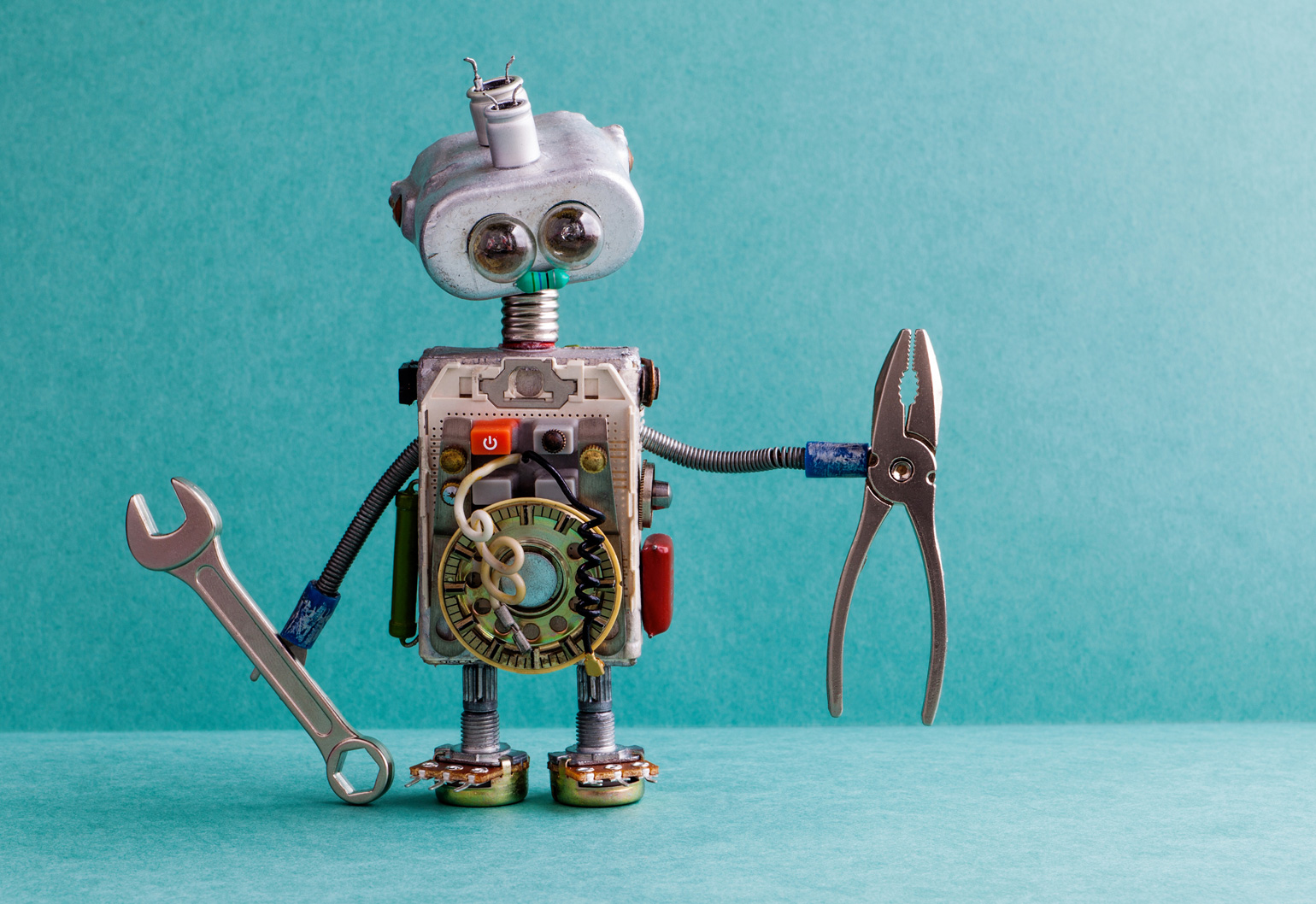While it may not be immediately apparent, gears are an important component of robotic systems, and they play an important role in precision engineering. A poorly functioning gear can result in limb jerks and can be problematic for precision robotic systems. A gear that grips a ledge, for example, won’t be available at the local hardware store. Instead, NASA technologist Douglas Hofmann has developed ways to build better gears. He uses bulk metallic glass, which is a specially crafted alloy.
Although there are many advantages to gearheads, they are heavier than the overdimensioned RG350. The RG350 has a larger diameter and shorter length, which makes it easier to fit into a robotic joint. However, while torque-to-weight ratios are comparable between both solutions, gearheads are more efficient. Gearheads are less sensitive to operating conditions and have lower starting torques. However, their low efficiency means that they cannot be used in high-ratio applications, such as for space robots.
The topology of the NuGear resembles two Wolfrom PGTs. This structure uses a carrier to provide input and output signals to the first and second stages of the gear train. This structure corresponds to the two stages in the framework proposed by Barbagelata et al. (2016). The topology of NuGear also indicates a high Latent Power Ratio, assuming a balanced gain of 1:10 for each stage.

The use of robots has been a boon to manufacturing in the United States. While the early versions of the Gearbox were essentially manual, recent improvements have helped the company thrive in a manufacturing facility in Chicago. In 1985, the factory employed sixty people to produce 2 million gears a month. Today, the Winzeler Gear factory employs 43 robots and 35 full-time human workers. The company is producing 15 million gears per month, and it hopes that the robots will eventually replace all flesh-and-blood production workers.
A high gearbox’s losses reduce the torque available to the end-effector, requiring higher transmission ratios to achieve the same torque amplification. Losses in gearboxes are caused by several factors, including speed and friction behaviors. This combination of factors impacts gearbox accuracy. This is especially important in applications where the end-effector must be a precise model in order to operate optimally. However, a gearbox’s loss of torque can significantly limit the efficiency of a motor.
Another type of gear used in robotics is the Strain Wave. This gear is similar to the Harmonic Drive, but it possesses a more linear approach. This design replaces the flex spline with a Teeth Carrier. A Polygon Shaft acts as a wave generator, allowing multiple teeth to engage simultaneously. Consequently, a Gearbox can increase speed, efficiency, and productivity. However, a Strain Wave Gear is not an ideal solution for every robot.
Torsional rigidity is a measure of a gearbox’s torsional compliance. To assess torsional rigidity, the authors measure the force exerted on its elements under varying torques. The resulting changes in torsional stiffness are measured by blocking the input and increasing the torque at the output. A high torsional stiffness results in a deviation from ideal linear behavior. However, cycloid drives have similar characteristics to PGTs, which makes them a better choice for certain applications.





